Taking Measure
Just a Standard Blog
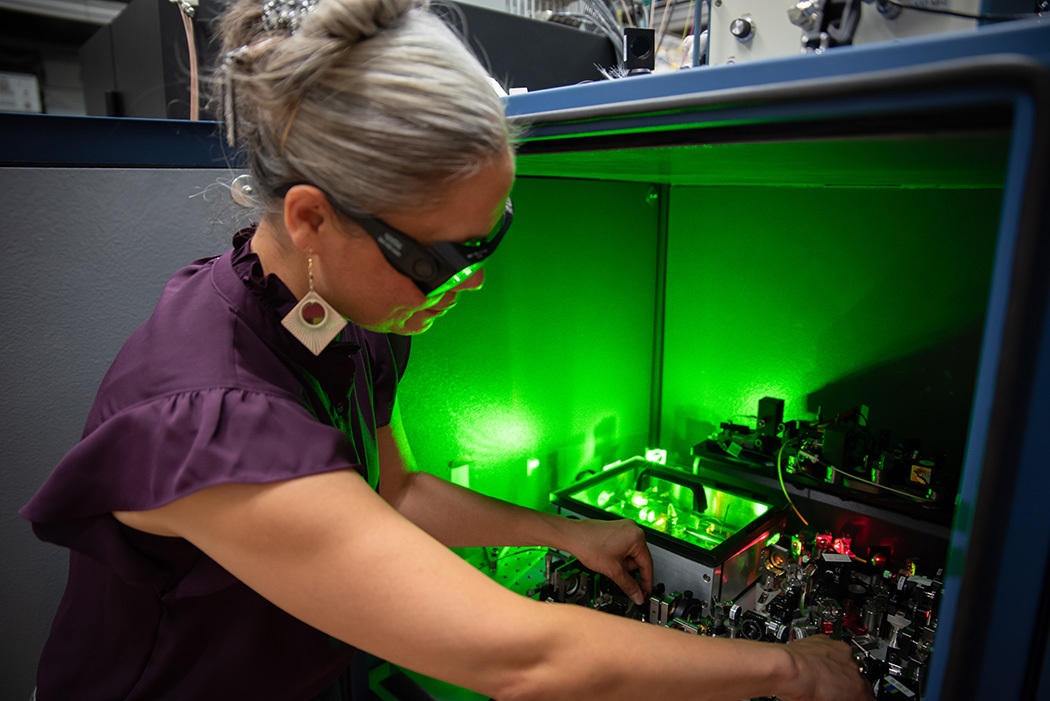
Measuring and keeping track of time has allowed people to plan and coordinate locally with others for millennia.
As the world has modernized and our pace of life has increased, our relationship to time has changed. Time has become a scarce commodity. The standardization of time has also become essential for the stability in power grids and for data synchronization over the internet, global travel, and telecommunications.
In 1960, the second was defined as an international standard unit of measurement for time. Since then, the second has undergone multiple redefinitions. These redefinitions may have happened in your lifetime, and you probably didn’t notice.
Prior to 1967, the official time reference for the second was the stable but slow rotation of the Earth relative to the cosmos. But Earth’s rotation can slow down and speed up based on the gravitational influence of the Moon and the movement of the outer shell of the Earth. This presents a challenge for accurate timekeeping.
That’s why, after 1967, the second’s definition changed to one based on the exquisitely stable energy levels in atoms, hence the term “atomic clock.”
As an aside, the most recent redefinition of the International System (SI) of units in 2019, more commonly referred to as the metric system, made it such that all units are defined by the unchanging laws of physics and the constants in nature. This did away with the last “artifacts” in the SI. Previously, the standard of mass, the kilogram, was based on a human-made cylinder of platinum and iridium, whose mass was defined to be one kilogram.
The first atomic clocks were developed in the 1940s and became commercially available in the 1960s. Since then, every decade has seen better than a tenfold improvement in timekeeping performance. Now, if you could wait long enough, the best atomic clocks would lose only one second every 15 billion years!
With this blog post, I hope to explain how we define time with atoms, how we use timing in modern society, and whether better timing and a future redefinition of the second might impact our lives and modern technology.
You may have learned to count “one, 1,000” or “two, Mississippi” in school, but the way NIST defines the second with atoms is much more complex.
Prior to the Industrial Revolution, the best timekeepers were pendulum clocks, the mechanical basis for grandfather clocks. First developed in the late 1600s by Christiaan Huygens, pendulum clocks only lost 15 seconds per day.
How Do Clocks Work?
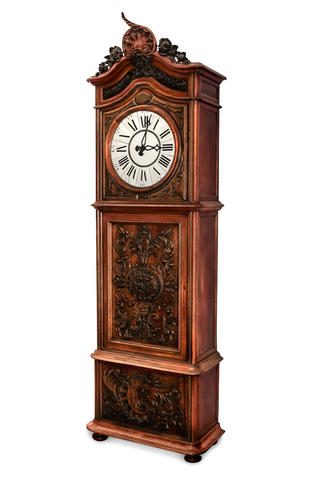
All clocks, including grandfather clocks, atomic clocks and the clocks in your phone, use a periodic oscillation to define time. One second is accumulated by adding together a fixed number of periods of oscillations.
In the grandfather clock, the pendulum swings back and forth, or oscillates, under the force of gravity. If the pendulum takes 0.5 seconds to swing from left to right and back again, then one second is accumulated after the pendulum completes two periods of oscillation.
There are two qualities that make a good clock:
- How much its period of oscillation changes or “drifts” over time, causing errors in its definition of one second, and
- How well you can measure the period of oscillation.
For example, measuring one period of rotation of the Earth relative to the cosmos is very different than measuring the periodic swinging of a pendulum clock. Both of these are different than measuring the energetic oscillations of electrons in an atomic clock. Each of the latter systems requires a different system of measurement, which comes with its unique challenges and measurement errors.
Both qualities determine how much timing difference, or error, you will have between different clocks over a specified amount of time. In general, the faster the period of oscillation, or the higher the oscillation frequency, the better the resolution you have in defining one second.
This is similar to how the resolution of a television increases with the number of pixels. The more pixels you have per image, the higher the image quality. If you count every cycle, the more cycles you have per second, the better the timing resolution in a clock.
Importantly, this is just one of the reasons why the very fast oscillations in atoms yield the best definition of time.
How Do Clocks in Laptops and Cellphones Work?
While physical oscillation keeps time in large grandfather clocks, which were widely used to keep precise time until the early 1900s, a more portable and higher accuracy clock was developed to meet the more accurate timing needs of modern society.
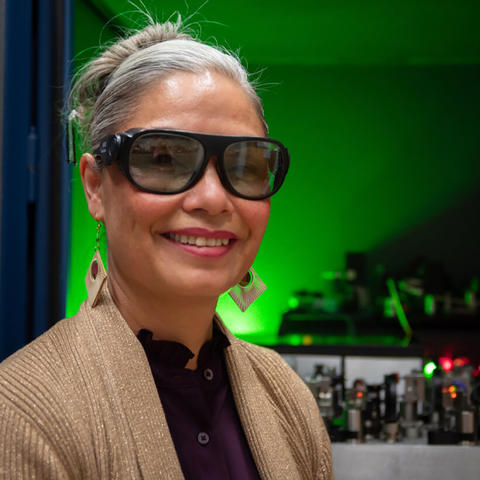
Currently, all portable electronics use specialized quartz crystals to keep time. If you’re looking at a grandfather clock, you can see the physical pendulum moving to keep the time. The oscillations in quartz, however, result from a much faster mechanical resonances in the crystal that you cannot see.
In quartz oscillators, the forces between the atoms making up the crystal and other factors determine the tone, or frequency, of the mechanical resonance. It’s similar to a musical instrument. In a piano, for example, the material of the string and how you tension it determine the tone of the musical note. This, combined with the body of the piano, helps determine the quality of the sound.
Like the pendulum or grandfather clock, quartz oscillators in a phone define one second by accumulating many periods of oscillation of the mechanical resonance. The period of oscillation of quartz in a cellphone is 70,000 times faster than a pendulum clock. It’s also about 125 times higher in frequency than middle C on a piano.
Today, quartz oscillators only give timing errors of about one second per day. Their small size, amazing accuracy, and low cost have fueled their ubiquity in modern day electronics. As a result, quartz oscillators have become a multibillion-dollar global market.
Atomic Clocks and Their Applications in Modern Society
An unfortunate feature of all mechanical clocks, including quartz oscillators, is that they tend to drift to some extent or another. This means that a clock can slowly or quickly lose time with respect to other clocks.
A timing error of one second in 24 hours might not seem important at first thought. However, timing errors among electronic clocks that keep time across the internet can cause problems as mundane as lag times in gaming to as serious as GPS errors for planes. To operate at their highest performance, the clocks in the modern systems I just described have to synchronize themselves to low-drift atomic clocks.
Fun fact: The internet time service at NIST in Boulder, Colorado, which synchronizes electronic devices to U.S. atomic time, receives 100 billion hits per day from devices all over the country. That’s 10 times more hits than the Google search engine servers receive in a day!
Keeping Time With Atoms
Time is defined using atoms in a remarkably similar fashion to quartz oscillators. I like to think of atoms as the world’s most exquisite and precise musical instruments! In atoms, the interplay between the forces exerted by protons, neutrons and electrons — as well as gravitational, electric and magnetic fields — governs the movement and energy of electrons within the atom.
The interaction of these forces dictates the atom’s internal resonances, much like string tension determines the notes of a piano. This makes the resonances, or “notes” of the atom, exquisite expressions of the laws of physics. In fact, atomic resonances are used to expand our understanding of physics. Researchers at NIST have used atomic clocks to search for dark matter particles, and to see if our laws of physics are really the same across all space and time. So far researchers haven’t observed any violations to our current laws of physics, but only time will tell (loving the pun?) what we will find as clocks continue to improve.
In some cases, how well the atom’s environment is controlled determines the quality of its resonances. For atomic clocks, we are interested in how pure and how stable a single oscillatory resonance can be. These qualities help determine the resolution and level of error with which we can define the second.
In physics terminology, adding energy to a system so it can resonate is called an “energetic excitation.” Gravity provides the energy for a pendulum clock, and electrical signals “excite” resonances in quartz oscillators.
Electromagnetic waves, such as light or radio waves, “excite” atomic resonances. To excite, or “play,” the extremely pure resonance in an atomic clock requires an equally precise electromagnetic wave. The electromagnetic wave, which keeps the atomic tone resonating, can be kept in tune using a system similar to cruise control in a car.
Because atomic clocks can oscillate 250,000 times faster than quartz oscillators, it takes 250,000 times more cycles to add up to one second of elapsed time. The international unit of time, the SI second, is currently defined as 9,192,631,770 periods of a specific resonance.
This resonance uses a type of cesium (Cs) atom known as Cs-133. (There are several types or “isotopes” of cesium, depending on the number of neutrons in the nucleus. Cs-133 has 55 protons and 78 neutrons.)
If you were willing to watch a clock that would work forever, the best Cs-133 atomic clocks would accumulate a timing error of about one second in about 150 million years.
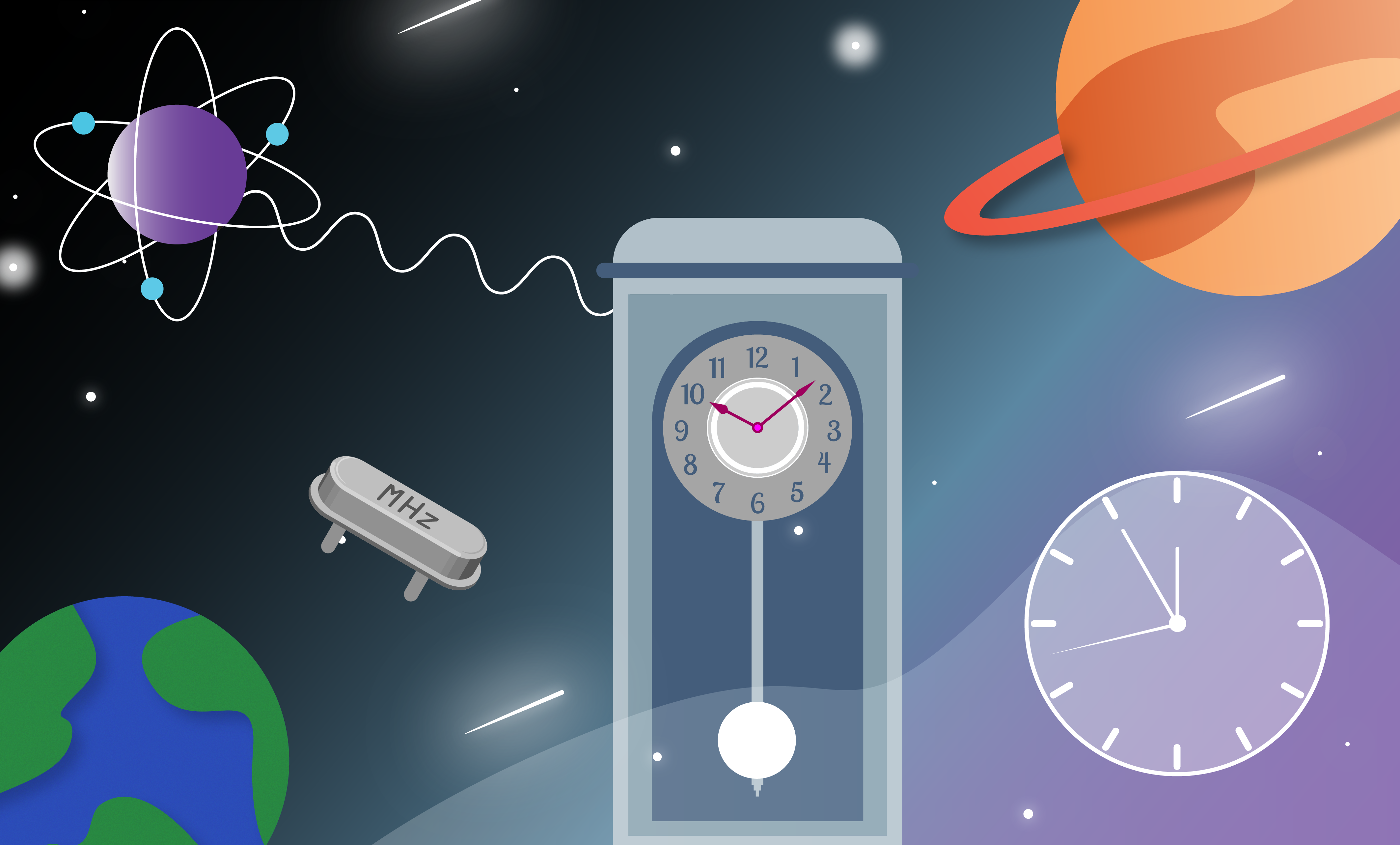
An Improved Definition of the Second
So, the Cs-133 atomic clock that currently defines the second is very accurate. If a timing error of about one second in about 150 million years is not good enough, clocks based on atoms with resonances at optical frequencies can be used to keep time to a one second error in 15 billion years!
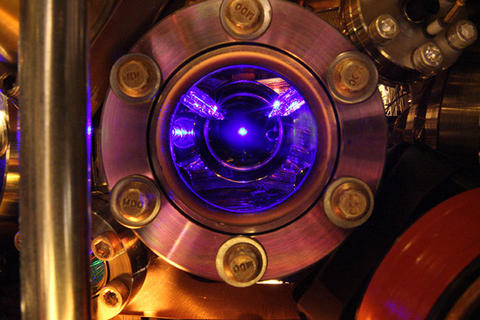
As I mentioned previously, clocks that oscillate faster have lower timing error, or better time resolution – just like how TVs with more pixels have higher resolutions.
Because optical clocks have 100 times better time accuracy than atomic clocks based on Cs-133, the international time community is considering using optical atomic resonances to redefine the SI second. The target date for redefinition is set sometime around 2030.
The international time community has not decided which kind of atom they would use or whether they might even use a combination of clocks based on several different kinds of atoms. Current optical atomic clocks being developed worldwide use at least 28 different kinds of atomic isotopes.
The Implications of Redefining the Second
The good news is, when the definition does change, you are not likely to notice. The first reason is that, by design, the new definition of the second is supposed to be consistent with the current definition of the second. It will just be much more precise than before.
The second reason is that our current infrastructure to send timing around the globe will need significant upgrades to support the gains in timing from optical atomic clocks. Fortunately, if the upgrades are made to our satellite and optical network infrastructure, your GPS may be able to pinpoint your location even more accurately. We may also one day see improvements in advanced communications and computing.
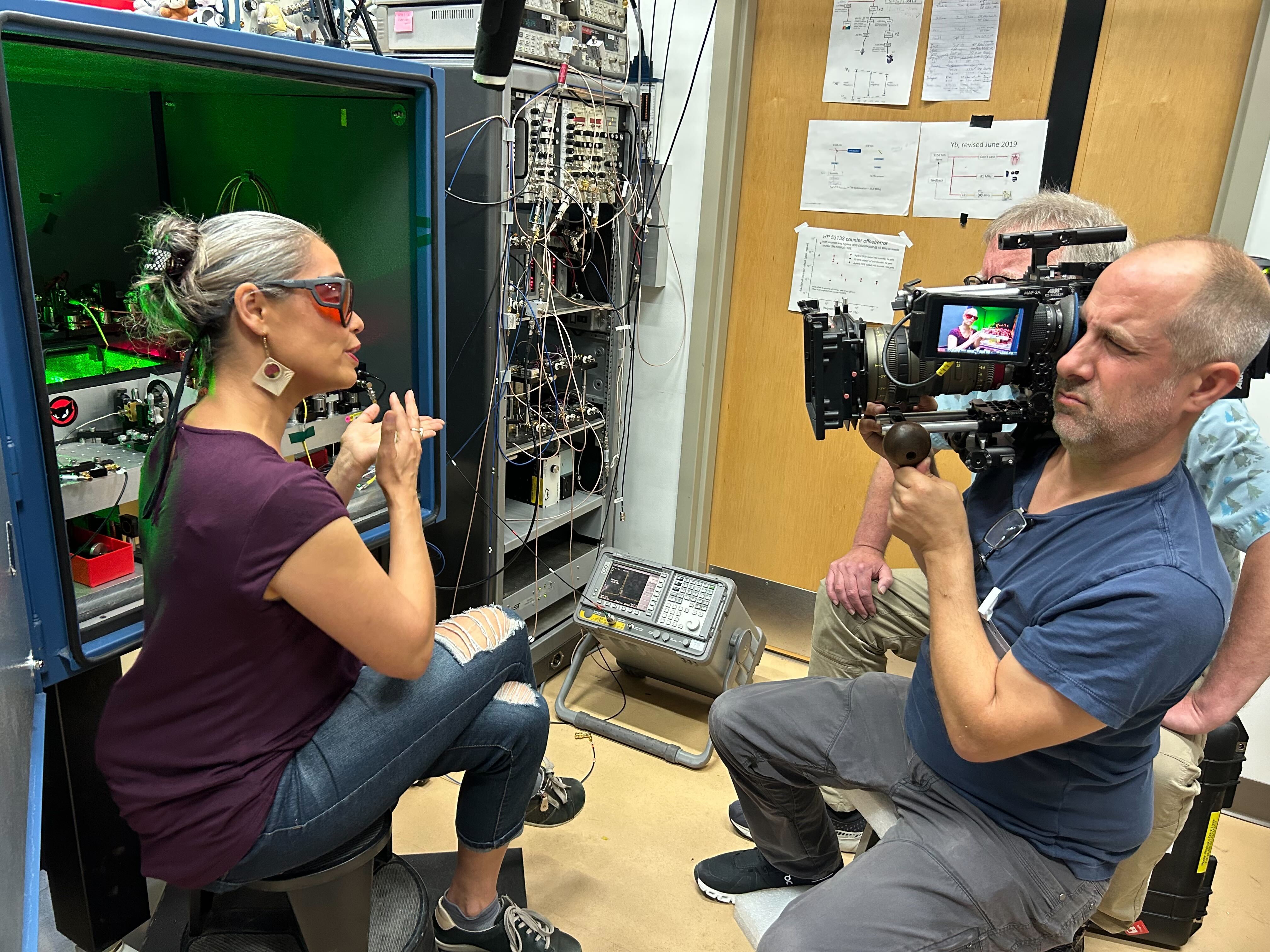
Regardless of whether and when the SI second is redefined to optical atomic clocks, the greatest beneficiaries from improvements in timekeeping and measurement will be fundamental research and science.
It is a rare occurrence that technology takes a step forward and someone doesn’t find some way to take advantage of it.
As mentioned previously, the exquisitely pure resonances of atomic clocks have been used to search for dark matter particles. Additionally, these clocks can sense how gravity changes across the Earth as a function of altitude.
That’s because, according to Einstein’s theory of general relativity, time ticks more slowly in stronger gravitational fields. This effect is known as time dilation. The movie Interstellar illustrated this effect when a scientist in a spaceship waited for 23 years for his colleagues who only spent 45 minutes on a planet in the presence of a gravitationally powerful black hole. On Earth, the further you move from its center, the lower the gravitational field you experience. Amazingly, because we can resolve time so precisely with atomic clocks, we can observe the difference in the “tick rate” for atoms offset in altitude by only 1 millimeter!
Fun fact: Because GPS satellites are moving fast compared to people on Earth, and experience a different gravitational field, if we did not correct the onboard clock’s timing for the effects of relativity, GPS would accumulate positioning errors of 10 kilometers per day … making it pretty much useless!
You may have seen in the news in 2019 that atomic clocks were used to help create the first image of light emitted by a black hole. In this experiment, images from multiple telescopes from around the globe were synchronized to create an effective light-collecting aperture the size of the diameter of the Earth! Importantly, the larger the aperture, the better you can resolve an image.
In the future, atomic clocks on space-based telescopes, separated by millions of miles, could be used to observe much fainter stars and nebulae and more distant galaxies than we can see today. And atomic clocks on spacecraft could navigate deeper into space because their onboard clocks won’t drift and will require less frequent calibration to clocks on the Earth.
Hopefully when the second is redefined by optical atomic clocks, you won’t notice. However, the continued improvement in timing through clocks and time measurement will allow us to develop a finer and deeper understanding of nature and the universe. We are a curious species, so scientific advancement will likely be the most important outcome.
About the author
Related posts
Comments
Hi, Cliff. Thanks for your question. Here's the answer from the author:
First of all, I love hearing about your history with atomic clocks and sleep.... I never thought of WWV as a sleep app! Regarding timing differences between a ground clock and a clocks transported from the U.S. to France via plane, there would be a time difference between a ground clock at the nanosecond level due to the effects of special relativity. The magnitude and sign of the time difference would depend on whether the clock is flown along or against the rotational direction of the earth. This time dilation effect, which was predicted by Einstein in the early 1900's, is often termed the “twin paradox.” It was first officially verified for macroscopic Cs atomic beams clocks flown on a Concorde aircraft in the 1970's. If you are interested in learning more, you can read the original paper published in Science in 1972: J.C. Hafele and R. E. Keating, Science 177, 166 (1972).
My first exposure to Atomic Clocks was when I was in Metrology (PMEL) in the USAF in Japan, in 1981. AGMC traveled with an HP atomic clock and went so far as to seat it next to the Auditor, complete with Airline Ticket for 'Mr. Clock'. Aside from the effects of Special Relativity, were there other physical variable taken into consideration (Shock, Vibration, Temperature, Barometric pressures) and correction factors applied?
Hi, Jeff. Thanks for your question. Here's the response from the author:
Absolutely! The effects of multiple physical variables are taken into account to ensure the highest performance operation of the clocks. Environmental engineering is critical to minimize the effects of vibration and acoustic noise, which result in movement (Doppler shifts) of the atoms relative to the electromagnetic fields that excite and are stabilized to the atomic transition. This is especially needed for clocks experiencing the noisy physical environment of an aircraft. Additionally, amazing efforts are made at controlling, measuring and understanding how stray fields (electric fields, magnetic fields, electromagnetic fields due to light and heat) change the atomic clock transition frequency. In the end, controlling and understanding the environment "felt" by the atoms and the electro-magnetic fields that excite them strongly determines the accuracy we can achieve with atomic clocks.
good read






When I was in high school in the 1960s there were no sound machines to help people sleep. I tuned my Hallicrafters shortwave to 5mhz and went to sleep to "National Bureau of Standards, WWV. At the tone the time will be..." Nerdy.
Years later, in the early 1980's I got snowed in at JFK and was hunting for a soft place to sleep when I was distracted by a man's luggage cart. He had a Hewlett-Packard atomic clock, told me he had just flown back from France where they were doing international time references.
Later, as a service tech for equipment at an HP facility I was excreted past an area of the building where they were assembling and QA testing atomic clocks. It was a thrill for me, even at ~32 YO. Nerdy.
I wonder how flying from USA to France would have changed the accuracy of the clock? And whether direction of flight would have also affected the time?